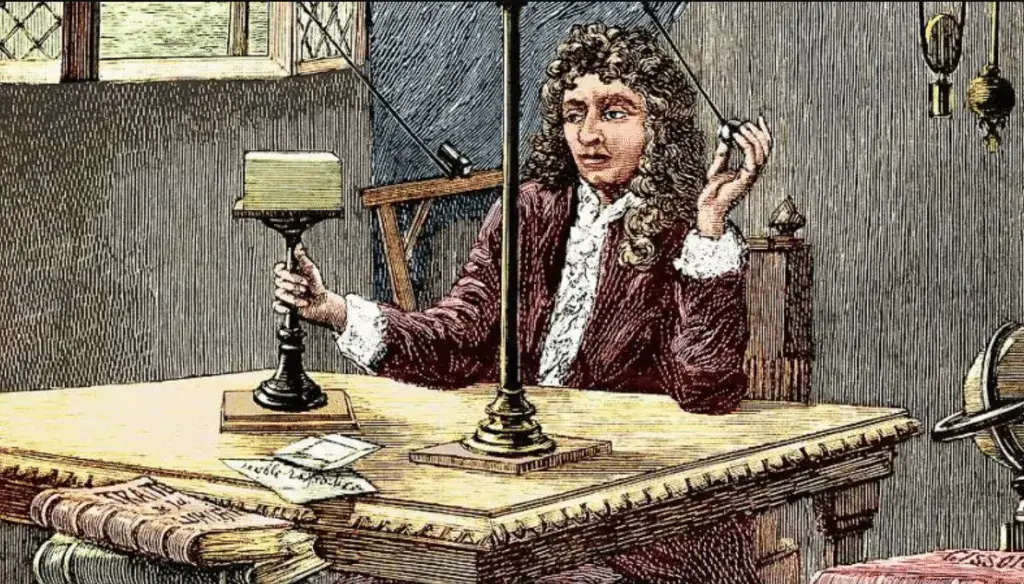In the seventeenth century, the idea of aliens was already a source of great curiosity and speculation. One of the protagonists of this intellectual exploration was the Dutch astronomer Christiaan Huygenswhich imagined worlds inhabited by advanced creatures, engaged in activities such as art and music.
Huygens’ book, recently translated into Italian, offers a fascinating look at how seventeenth-century intellectuals saw aliens. Second Huygensthese beings were not only intelligent, but also culturally sophisticatedpracticing arts similar to those human. This vision was influenced by the belief that the universe was harmonious and that life, under various forms, could exist on other planets.
Carolingian astronomy and the “Christianized” constellations
Carolingian astronomy represents a fascinating period in the history of science, during which ancient astronomical knowledge was reinterpreted and integrated with Christian culture. During the Carolingian era, astronomy it wasn’t just one observational sciencebut also a field that was deeply intertwined with the religion and philosophy of the time.
In this context, the pagan constellationswhich had names and stories linked to Greek and Roman mythology, they were reinterpreted in a Christian key. This process of “Christianization” of the constellations was intended to convey knowledge astronomical more compatible with the Christian faith and to use them as tools of religious education.
To examplethe constellations representing pagan mythological figures were renamed with the names of saints or episodes biblical. Thus, a group of stars could pass from representing a Greek hero to symbolizing a Christian saint. This change not only facilitated the acceptance of astronomy by the Churchbut also contributed to spreading the knowledge of sacred stories among the population.
Astronomy Carolingian tradition made use of ancient texts astronomical, but with a new perspective that sought to harmonize ancient knowledge with the revealed truths of Christianity. Carolingian scholars, therefore, did not simply copy the ancient texts, but adapted them they reinterpretedcreating an original synthesis that he reflected the needs and beliefs of their time.
This period is also characterized by a renewed interest for the works of classical authors such as Ptolemy, whose writings were studied and commented with great attention. However, these texts came beds in the light of Scripturesalways trying to find a balance between science and faith. The idea of a harmonious universe, created by God and governed by laws rationalwas central to Carolingian thought.
In this way, astronomy Carolingia not only contributed to the preservation and transmission of ancient knowledge, but enriched it with new meanings, intertwining the stars and their stories with Christian spirituality. This approach highlights how, throughout history, science and religion have often interacted in complex and creative ways, influencing each other reciprocally.
In light of these reflectionswe can ask ourselves: Which role does our vision of the cosmos have today in shaping our understanding of the world and our existence?
A journey between science and imagination with aliens
The combination of science and imagination has been a constant in the history of humanity, and the seventeenth century represents an emblematic example of this intertwining fascinating. In that period, the borders between reality scientific and speculations fantastic they were much more permeable than they are today. Scientists and thinkers of the time not only studied the natural world rigorously, but often used their imaginations to explore possibilities beyond the observable.

The work of Christiaan Huygens is a perfect example of This approach. In his book on extraterrestrials, Huygens does not limit himself to considering the possibility of life on others planetsbut it goes further, imagining alien societies with sophisticated cultures. This vision was not only the fruit of imagination, but also of a profound one reflection on the role of life in the universe and on the nature of intelligence. Huygens applied the laws of physics and biology to hypothesize as they might being the life forms on other worlds, using their imagination to fill in the gaps in the scientific knowledge of the time.
In parallel, Carolingian astronomy represents another example of how science and imagination they can intertwine. The astronomers Carolingians reinterpreted the constellations ancient in the light of faith Christian, creating a new cosmology that reflected their religious beliefs. In this way, the stars were not just celestial objects, but they became symbols of an orderly and harmonious universe, governed by divine laws.
This voyage between science and imagination was not limited to astronomy. In many fields of knowledge, from naturalism to philosophy, the scholars of the seventeenth century they made use of of the imagination to explore new ideas and theories. There science itself was seen as an intellectual adventure, a voyage of discovery that required not only observation and analysesbut also creativity and intuition.
Today, this spirit of exploration continues to guide scientific research. Even as methods have become more rigorous and technologies more advanced, the ability to imagine new possibilities remains a component fundamental of science. The large discovered often they are born from intuitions that challenge conventions and from bold hypotheses that open new avenues to knowledge.
In conclusionthe seventeenth century sign that science is the imagination they are not separate worlds, but complementary parts of our desire to understand the universe. This invites us to reflect: How much space do we give to imagination today in our daily lives and in our way of thinking about the future?
This fascinating exploration invites us to reflect: How would you imagine the inhabitants of other worlds?
#seventeenth #century #aliens #imagined